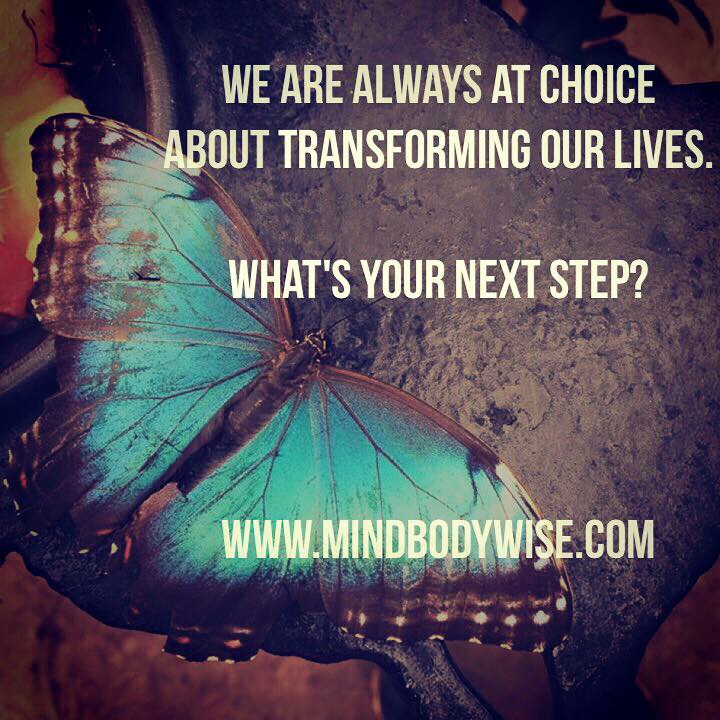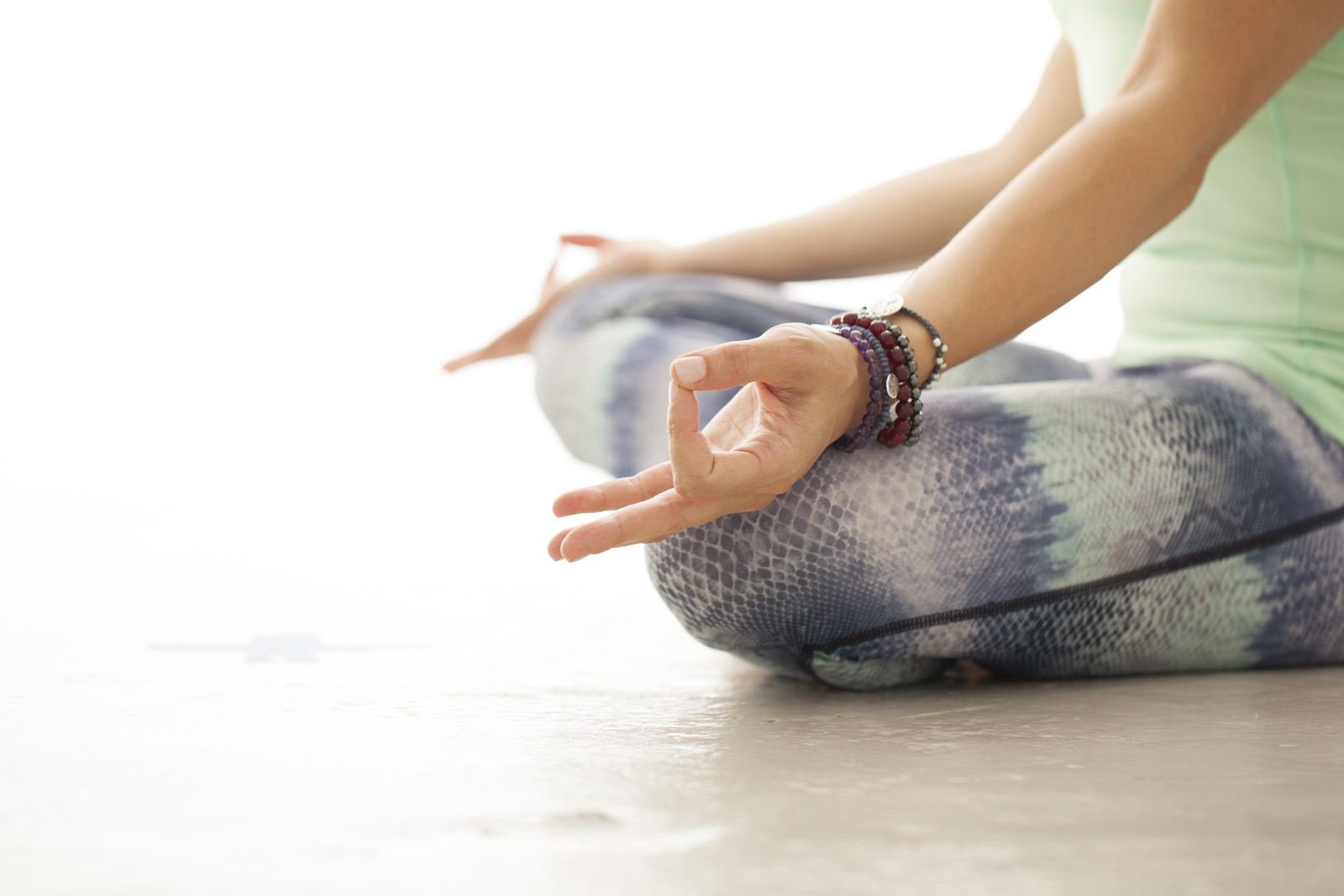Why am I so hard on myself?
Have you ever considered why you suffer or what you can do about it?
Here goes the MindBodyWise top 10 list of why you suffer, followed by remedies for each…
suf·fer·ing: noun. Pronounced: ˈsəf(ə)ring; Defined as: the state of undergoing pain, distress, or hardship.
1. Expectations: You predicted a situation or relationship to play out a certain way and things didn’t go according to your prediction. Then, you suffer because you mourn the loss of a fantasy that seemed like it was already a reality. Maybe you replay it in your mind on a loop, wondering how you could’ve done it differently to make things match with your expectations. Holding on to what never was is a root cause of pain and suffering.
What you can do: Try a simple mind-body grounding practice to bring you back to the present reality. I like to use the question “What’s true right now?” Take a deep breath after asking yourself this question. Then notice the truths of your present reality, starting in your body. For example: What’s true right now is that my breath is shallow, my feet are on the floor, my arms feel tingly. Then, move to what’s true in your senses and in your environment. I like to end with one or more things that I’m grateful for. Each time you notice your mind is off and running in the failed fantasy, you can use this practice.
2. Anticipation: You worry about what will happen next, tomorrow or even next year. You fear the unknown and you try to get control over it by coming up with every possible outcome you can imagine, so as to brace yourself for what might be. You don’t live in the here and now, appreciating what’s in the present. Instead, you ruminate about possible future outcomes. This sends your central nervous system into overdrive.
What you can do: Most importantly, get present to yourself and your environment. Notice and acknowledge the anxious loop of your mind trying to control things. Thank your mind and body for attempting to keep you safe. Next, get your feet planted firmly on the ground (standing or sitting) and make your spine tall. Close your eyes. Bring a hand to your chest and a hand to your heart. Seal your lips gently and breathe. Feel the breath moving into and out of your body. Keep sensing the breath, maybe even imagining it as a soft, healing blue light that is moving through you. Feel the beat of your heart. Stay present to this simple experience. Keep coming back to body and breath, which are 2 of the only constants we have in this life.
3. Assumptions: You assume you know what someone else’s intentions are, what they meant or what they will do. You really have no idea if your assumptions are right, but you make yourself believe that you know for sure. Based on these made-up scenarios and imaginary outcomes you suffer from anger, sadness or disappointment about something that is purely made up.
What you can do: Remind yourself that you really don’t know. In fact, it’s not a sure thing until it’s already happened. Try playing a game I call “The Other Possibilities Game.” Ask yourself what 10 other possibilities there are for how this is going to turn out or what’s going to happen? Get creative with your answers — Maybe he will do the dishes this time. Maybe she’s late because she’s planning my birthday party. Maybe she accidentally left her phone at home. Maybe he wasn’t staring at the stain on my shirt, but he was thinking about how he needs to pick up his shirt from the dry cleaners.
4. “Second Dart”: This is a brilliant Buddhist idea that addresses how we create our own suffering. This notion postures that when we are faced with an unavoidable circumstance, frustration or pain (referred to as the first dart) we throw the second dart onto it by how we react with resistance, aversion and criticism. For example, you get stuck in traffic (first dart) and then you react with anger/blame/self-criticism/judgment toward yourself for taking the wrong route home (second dart) or how you often make bad choices (second dart). When you pile on and beat yourself up, it compounds your suffering. Since our brains are hard-wired to anticipate painful experiences more than pleasurable ones, it’s easy to fall into this trap.
What you can do: Read this post about the negativity bias. Follow the tools in the blog post to remedy Second Dart suffering.
5. Old stories (and judgments): You have old “tapes” playing in your mind about not being enough or being an imposter. Not smart enough, not pretty enough, not strong enough, not tall enough, not thin enough, not successful enough, not rich enough, not deserving enough…not worthy, not lovable, not, not, not… You judge yourself harshly and you experience pain from listening to that sharp-tongued voice in your mind. Your labeling, assessing and evaluating leads you down a rabbit hole of disconnect from who you really are. These old beliefs keep you stuck, sad, and safe in your suffering.
What you can do: Check out this post about breaking the cycle of self-criticism.
6. Compare and despair: Jonathan Fields says, “Don’t compare your insides to other people’s outsides.” Whether it’s in person or on social media, you’re comparing yourself to others. You desperately look outside of yourself for confirmation that you’re ok by measuring your life with the lives of others. Each time you use comparison as a guide in an attempt to soothe your uncertainty about yourself, you actually feel a sense of despair. That seeking, comparing, hoping and desperation don’t feel good, no matter what the final outcome is. And, remember, you’re comparing apples to oranges – so your metrics are only a figment of your imaginary framework.
What you can do: When you notice the comparing voice inside you, pause! Remind yourself that we are all on different paths – no one’s path is the same as yours! Also, things don’t always seem as they appear. Take a few breaths. Consider what you would say to someone you love about whatever it is that you’re artificially comparing about yourself to someone else. Provide yourself with some compassionate love and guidance as if you’re your own best friend. Notice what it feels like in your body and your heart as you shift the conversation from judger/comparer to compassionate friend to yourself.
7. “Magic key”: You tell yourself that if you just had this one thing, could change this one thing, or could become this one thing that you will be happy. You make yourself believe that you are missing one elusive thing and that thing is the key to your happiness (when really, the plight of obtaining that thing is the heart of your suffering).
What you can do: Read this post and follow the 3 tips in the article.
8. Fear of change/unknown: Outside of your comfort zone is where the magic of life emerges, but it’s scary to go on an unknown journey that has no roadmap. So, you hold yourself back in old patterns of unhappiness and stuckness. You may even tell yourself you have no other choice, when in reality you have many other choices — if you’re willing to get vulnerable and face your fear of the unknown.
What you can do: It’s time to take a risk. It’s time to change up your routine and do what you fear most. It’s time to move toward the fear, not circumvent or avoid it. Take time to notice how you feel in your body when you’re hiding from your life. Be fully in that sensation. Then bring your hands to your heart and ask it what it wants most. Notice how it feels to listen, allow and be receptive to the wisdom inside you. Now, ask yourself for a small, albeit scary, step that you can take in the next week that moves you toward openness, freedom, and change. Let it be a tangible step that isn’t too scary or you won’t do it. Finally, declare your step to a friend, so that you are accountable and then go for it. Courage begets more courage. You’ve got this!
You may also want to read this post, this post and this post for more MindBodyWise ways to help you move through your fear.
9. Physical pain: Your body can be the source of suffering. Maybe you have tight shoulders, an old injury that still crops up and surprises you, or a new ache. The thing about body pain is that it often starts with suppressed emotional pain and manifests as physical pain. In any case, you suffer as you learn how to navigate life with physical pain as a companion.
What you can do: Most importantly, get it checked out by a doctor, while also considering what might be the origin of your pain. For example, if your shoulders are tight – it might be from carrying a heavy bag. This is the more obvious origin, but what if there’s more to it? What in your life is feeling weighty, heavy or tense? What’s holding you back or keeping you down? Sit quietly with your eyes closed and take some time to breathe. Bring your awareness to the body part that’s holding the pain. Ask it what it’s trying to say to you. Without anticipation or attempting to control anything, wait and see what it has to say.
10. Trauma: You had something traumatic happen or you witnessed something traumatic. Trauma is a whole-body experience. Trauma stores itself in the depths of your mind and in the crevices of your body. Like an earthquake, trauma ripples out and reverberates long after the events are over.
What you can do: No matter what type of trauma you’ve experienced, this post can help you to understand and normalize your experience. If you’re experiencing severe symptoms as a result of your trauma, you don’t have to suffer forever. Also, it’s not your fault. You may want to consider doing some embodied therapy to help access the issues that are stuck in your tissues.
Bonus Reason for Why You Suffer: You don’t self-care and you put other people’s needs before yours. You ignore or minimize your own pain, sacrificing for others in ways that hurt you. What can you do? Start making self-care a priority! If you resist this, notice what holds you back from taking care of your most precious commodity: YOU. <3
The fact is, no matter what kind of suffering you experience, it requires work from the inside out.
A deep and lasting approach to work with and heal your suffering is MindBodyWise (embodied) therapy. Learn more here and request a free consultation.
P.S. If you want to practice embodiment, presence and stress-reduction from the comfort of your own home, the 2-week, $25 Stress Less Reset program will help you take a deep dive into releasing your suffering and living more freely.
P.P.S. I’m here for you. Whether you want talk therapy (reimbursed by most insurance plans), MindBodyWise therapy, or to connect in the MindBodyWise Living Room on Facebook (join almost 400 others in the free space for expression, support and learning)…don’t hesitate to reach out.






